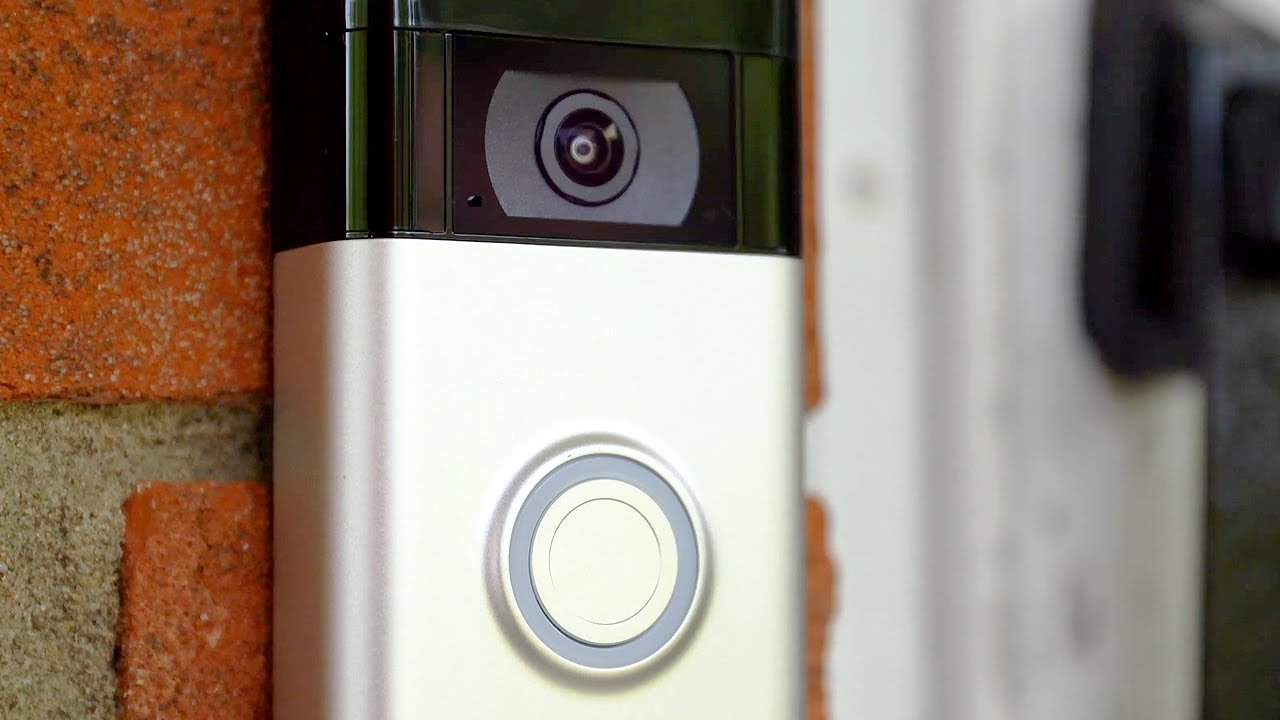The doorbell, a small but essential feature in our homes, serves as the gateway to welcoming guests, receiving deliveries, and maintaining security. Though often overlooked, the doorbell has undergone significant evolution since its inception, becoming a sophisticated device that integrates with modern smart home systems. In this article, we’ll explore the history of the doorbell, its modern advancements, and why it remains a vital component of home design and functionality.
The History of Doorbells
The concept of doorbells dates back to the early 19th century. Before the invention of the doorbell, visitors announced their arrival by knocking on the door or using a mechanical door knocker. However, these methods were not always effective, especially in large homes where the sound might not carry far enough.
The first mechanical doorbell was invented in the early 1800s, using a pull cord connected to a bell inside the house. This simple mechanism allowed the sound to be heard more clearly throughout the home. As technology advanced, the mechanical doorbell was eventually replaced by the electric doorbell in the late 19th century.
The electric doorbell, introduced in 1831 by Joseph Henry, a physicist, worked by pressing a button that would complete an electrical circuit, causing a bell to ring inside the house. This innovation made doorbells more reliable and easier to use, quickly becoming a standard feature in homes.
Modern Doorbells: From Basic to Smart
Over the years, doorbells have continued to evolve, incorporating new technologies and features that enhance convenience, security, and integration with other home systems. Today, doorbells can range from basic, traditional models to advanced smart doorbells with a host of features.
Traditional Doorbells: Traditional doorbells, which remain popular today, typically consist of a simple button outside the front door connected to a chime inside the house. These doorbells are often hardwired into the home’s electrical system and come in various designs and sounds, from classic rings to customizable chimes.
Wireless Doorbells: Wireless doorbells offer greater flexibility in installation and placement. They operate on batteries or a plug-in receiver and communicate wirelessly between the button and the chime. Wireless doorbells are easy to install and can be placed anywhere within range, making them ideal for renters or those who prefer a no-fuss installation.
Smart Doorbells: The advent of smart home technology has led to the development of smart doorbells, which offer a range of advanced features. These doorbells are connected to Wi-Fi and can be integrated with smartphones, tablets, and other smart devices. Key features of smart doorbells include:
- Video Monitoring: Many smart doorbells come with built-in cameras that allow homeowners to see who is at the door, even when they are not at home. The video feed can be accessed in real-time via a smartphone app.
- Two-Way Audio: Smart doorbells often include two-way audio, enabling homeowners to communicate with visitors through the doorbell, whether they are inside the house or remotely located.
- Motion Detection: Advanced motion sensors in smart doorbells can detect movement near the front door and send alerts to the homeowner’s device. This feature enhances security by alerting homeowners to potential intruders or unusual activity.
- Cloud Storage: Many smart doorbells offer cloud storage options for video recordings, allowing homeowners to review footage from previous days or incidents.
Integrated Home Security Systems: Smart doorbells can be integrated into broader home security systems, working in conjunction with security cameras, alarms, and smart locks. This integration provides a comprehensive approach to home security, offering peace of mind to homeowners.
The Importance of Doorbells in Home Design
While the doorbell might seem like a small detail in the grand scheme of home design, its importance cannot be understated. A well-chosen doorbell can enhance both the functionality and aesthetic appeal of a home. Here’s why doorbells matter:
Convenience: A doorbell allows for easy communication between visitors and homeowners, ensuring that guests can announce their presence without causing disruption. Whether you’re expecting a visitor or receiving a delivery, a doorbell is a convenient way to manage arrivals.
Security: Modern doorbells, particularly smart models, play a crucial role in home security. The ability to see and communicate with visitors before opening the door adds a layer of safety. Additionally, motion detection and video recording features help monitor activity around the home.
Aesthetics: Doorbells come in a wide range of designs, from sleek and modern to classic and ornate. Choosing a doorbell that complements the style of your home can enhance curb appeal and create a cohesive look.
Accessibility: Doorbells can be customized to accommodate individuals with hearing impairments or other disabilities. For example, doorbells with visual alerts or vibration features can be installed to ensure that all household members are aware when someone is at the door.
Choosing the Right Doorbell for Your Home
When selecting a doorbell for your home, consider the following factors:
Wired vs. Wireless: Decide whether you prefer a wired doorbell, which is more permanent and typically requires professional installation, or a wireless model, which offers flexibility and ease of installation.
Smart Features: If you value advanced security and convenience, consider investing in a smart doorbell with video monitoring, two-way audio, and motion detection.
Design and Style: Choose a doorbell that complements the exterior design of your home. Many options are available, from minimalist to decorative, allowing you to find a doorbell that fits your aesthetic.
Budget: Doorbells are available at various price points, from basic models to high-end smart doorbells. Determine your budget and prioritize features that are most important to you.
Conclusion
The doorbell, though often overlooked, is an essential element of modern home design. From its early mechanical beginnings to today’s advanced smart models, the doorbell has evolved to meet the changing needs of homeowners. Whether you choose a traditional, wireless, or smart doorbell, this small device plays a crucial role in enhancing convenience, security, and the overall functionality of your home.
